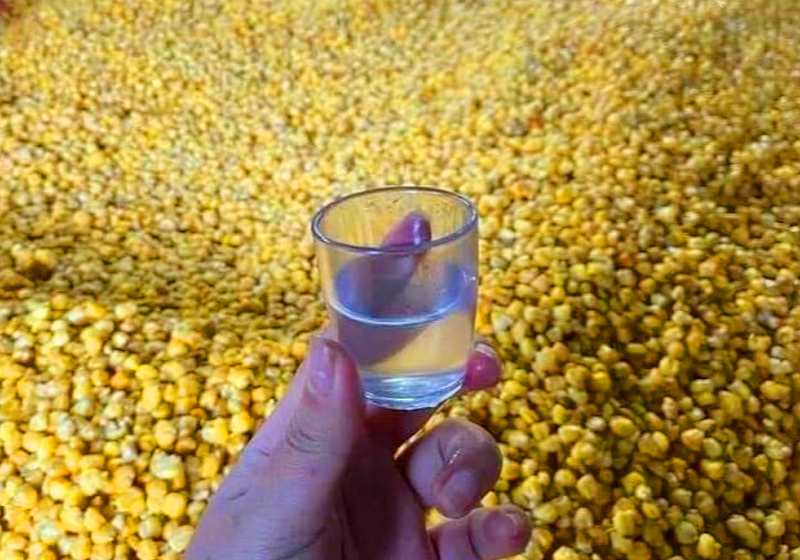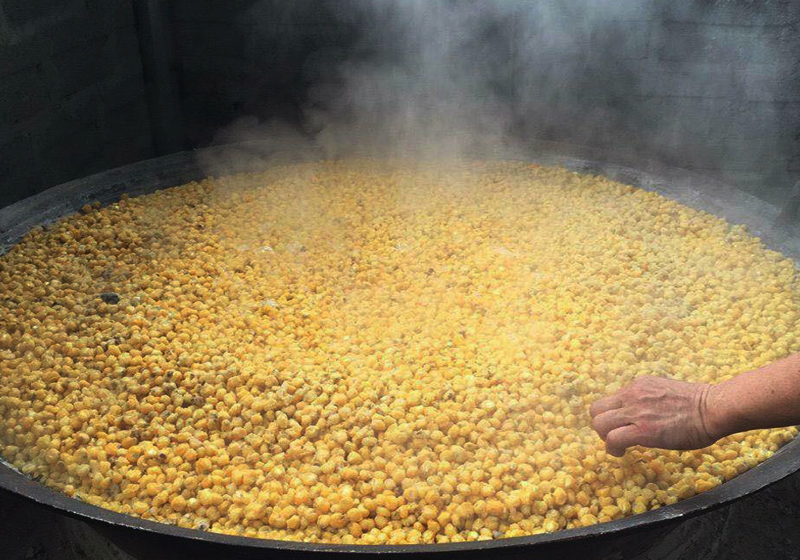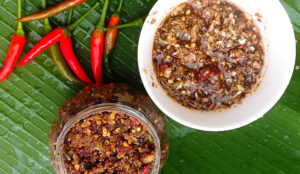Ruou Ngo: The Traditional Corn Wine of Vietnam’s Northwest
“Ruou Ngo,” or Corn Wine, is a distinctive and beloved traditional alcoholic beverage originating from the mountainous regions of Vietnam’s Northwest, including provinces like Lai Chau, Son La, and Dien Bien. This drink is deeply embedded in the culture and daily life of the ethnic minorities in the area, including the H’mong, Thai, and Tay people. Known for its unique, earthy flavor and rich history, Ruou Ngo is much more than just a beverage – it is a symbol of hospitality, tradition, and the agricultural lifestyle of the highland communities.

What is Ruou Ngo?
Ruou Ngo is made primarily from corn, which is abundant in the region. The process of making the wine involves fermenting corn with a mixture of water, yeast, and sometimes rice or barley to increase alcohol content. This fermentation process can take several weeks, depending on the desired strength and flavor of the final product. The result is a strong, mildly sweet drink with a distinct corn flavor that can range from smooth to somewhat sharp, with alcohol content typically between 10-15%.
Production Process
The production of Ruou Ngo is an artisanal process, passed down through generations. First, the corn is steamed to soften the kernels. The corn is then mashed and mixed with water and natural yeast to start the fermentation process. This mixture is left to ferment in a cool, dark place for several weeks, allowing the sugars in the corn to convert into alcohol. The fermented mixture is then distilled to extract the alcohol, resulting in the clear, potent beverage known as Ruou Ngo.

Cultural Significance
In the Northwest, Ruou Ngo is often served during important festivals, ceremonies, and family gatherings. It plays an integral role in social life, representing the hospitality of the local people. It is also commonly offered to guests as a gesture of respect and welcome. In many households, the wine is served in small, traditional cups, and drinking it is often accompanied by songs and dances, reflecting the joyful, communal spirit of the region.

Moreover, Ruou Ngo is traditionally used in religious rituals and celebrations. In many villages, it is an essential offering to ancestors, used in various ceremonies to show respect and honor to those who have passed away. It also plays a part in agricultural festivals, symbolizing the successful harvest of the year.
Health Benefits and Popularity
Apart from its cultural significance, Ruou Ngo is also believed to have several health benefits. Locals believe that the drink helps improve circulation, boost energy, and aid digestion. As it is made from natural ingredients without artificial additives, it is considered a healthier alternative to many commercial alcoholic drinks.

In recent years, Ruou Ngo has gained recognition outside of the Northwest region and even abroad. Travelers visiting Vietnam often seek out authentic bottles of Ruou Ngo as souvenirs or gifts, adding to its rising popularity. Some contemporary producers have even started packaging the wine in more modern ways, helping to introduce this traditional beverage to a wider audience while maintaining its roots in the local culture.



